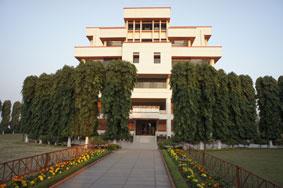Yoga pathways part 3
Bhakti Yoga – the yoga of devotion. Finding inner stillness by transforming our basic nature, making love pure, transcendental and focused, providing a direction for the emotions. Bhakti Yoga is a very powerful tool for the creation and expression of love without boundaries - universal love. The faculties of the heart are cultivated by following the yogic path of Bhakti. The process sounds simple - the practices include kirtan (joyful led chanting usually in Sanskrit); mantra; cultivation of an attitude of love (bhava) and so on. But of course it's not easy as it requires a transformation of our basic personality. I find it comforting that we can transform our personal difficulties by practice. That's why it's called practice of course because we're not perfect!
Have a look at a new FB page www,facebook.com/pages/Satyananda-Yoga-The-Path-of-Love. Lots of photos and teachings from Satyananda gurus.
Here are a few of my favourite quotes:
The mind becomes clear and serene when the qualities of the heart are cultivated: friendliness towards the joyful, compassion towards the suffering, happiness towards the pure and impartiality towards the impure"
The Yoga Sutras of Patanjali Chapter 1 verse 33
The Bhagavad Gita has some of the most beautiful expressions of bhakti in classical texts. For example:
“He who works for me, who loves me, whose End Supreme I am, free from attachment to all things, and with love for all creation, he in truth comes to me.”
Bhagavad Gita, chap. 11
“Bhakti softens the heart and removes jealousy, hatred, lust, anger, egoism, pride and arrogance. It infuses joy, divine ecstasy, bliss, peace and knowledge.”
Swami Sivananda
And here's an extract from "How does it feel to be a man?" by the Sufi poet Hafiz, full of expressions of divine love:
My dear,
A better question for Hafiz,
Would have been
"How does it feel to be a heart?"
For all I know is Love,
And I find my heart Infinite and Everywhere
Send me some of your favourites by email and I'll add them to this blog



